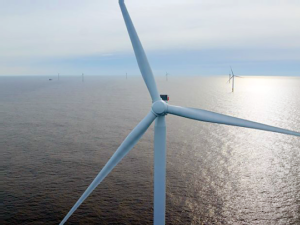Record-High Propane Shipments Leading U.S. Energy Export Boom
By: Laura Blewitt | Feb 29 2016 at 07:15 PM | International Trade
The U.S. energy export boom is being fueled by propane. Exports of the natural gas liquid jumped to monthly and annual records in December, U.S. Energy Information Administration data show.
The fuel, used mostly for heating homes and making plastics, was shipped out at 751,000 barrels a day in December. That was 14 percent of total hydrocarbon export, which also broke a record at 5.28 million as the shale revolution drove up output of natural gas and oil. Crude oil, whose export restrictions were dropped in December, accounted for 392,000, or 7.5 percent.
For all of 2015, propane exports averaged 616,000 barrels a day, up 46 percent from the record set in 2014 and more than five times the 2010 level.
The exports aren’t likely to slow. Midstream operator Enterprise Products Partners LP expanded its Houston Ship Channel export terminal to move more than 500,000 barrels a day in mid-December, Ajey Chandra, director at Muse Stancil & Co. in Houston, said Monday by phone. Propane export capability is also growing from the Northeast hub operated by Sunoco Logistics Partners LP in Marcus Hook, Pa.










